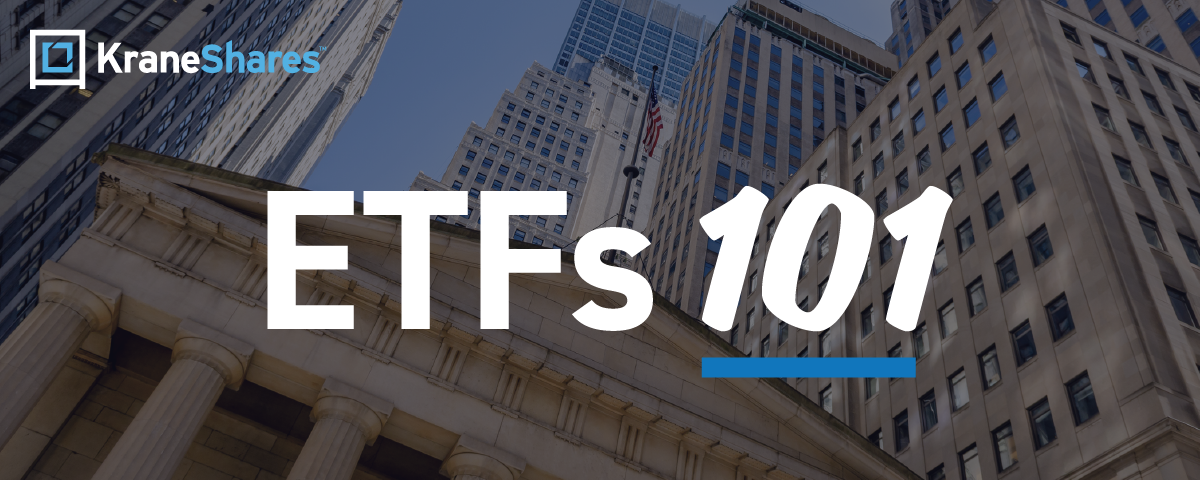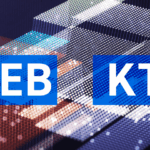
ETF Trading 101
Exchange-traded funds (ETFs) offer investors a way to invest in a basket of stocks. ETFs trade like stocks for retail investors, advisors, and institutions making small purchases. Your brokerage account's bid/ask offers show you the market you'll trade against. While ETFs trade like stocks, some trading strategies can be more or less favorable.
The situation is different for investors making large trades. ETFs have one big difference from single stocks: If there is demand for an ETF, an institutional investor called an authorized participant can create new shares by buying up the securities the ETF wants to hold and turning them in for shares with the ETF issuer.
ETFs can take time to develop adequate liquidity. Newly launched ETFs often exhibit exceptionally wide bid-ask spreads, which can punish investors who use market orders rather than limit orders. Below, we dive into the differences, advantages, and disadvantages.
Market Orders
Market Orders are the simplest and most straightforward way to place an order. However, they also expose you to the most risk of any order type. When you place a market order, you're telling your broker you want to trade an ETF right now—at whatever price it takes to attract shares.
Let’s consider an example. Let’s say sellers offer shares of a particular ETF for $50.10 (ask price). Meanwhile, buyers are bidding for the shares at $49.90 (bid price), significantly below what the sellers are asking for. In this situation, a market order would most likely yield an execution price at the asking level of $50.10.
However, market orders can be risky. Investors can lose money in the following ways using a market order:
First, if you're trading more than 100 shares, there's no guarantee your trade will execute at the publicly available spread. That spread—what you see in your brokerage account—reflects only the best bid and offer in the nation, which sometimes may be for just 100 shares. If you want to buy 1,000 or 10,000 shares, you can blow past this inside spread and fill your order at a cost well above the $50.10 you saw on the screen.
Second, many ETFs trade with wide spreads. Less liquid ETFs may show spreads of 10 percent or more —an absurd price that mostly reflects that no one is paying attention. But if you're putting a market order in, those will be the prices you get.
Third, the markets can move between when you decide to trade and when your order enters the system. There can be flash crashes, market panics, or technical glitches. In all these cases, you will have no control over your trade's execution. Market orders should only be used for the largest, most liquid ETFs, where split-second execution is essential to your strategy. For most investors, market orders should be avoided in most cases.
Limit Orders
One step better than a market order is a limit order. A limit order tells your broker the maximum price you're willing to pay for an ETF or, if you're selling, the minimum price you will take for your shares. Limit orders protect you from wildly bad executions, although your trade potentially will not be filled if the market moves away from your order. Limit orders can be very helpful in getting an execution between the spread.
If a given ETF is advertised at $49.50 on the bid and $50.50 on the ask, chances are that a limit buy order placed closer to that $50.00 mark will get executed and, if you are patient, save you $0.50 a share.
When in doubt, use a limit order.
Pre-market and After-hours Trading
Any trading activity that happens before the markets open is referred to as pre-market trading, while trading activity that happens after the markets close is referred to as after-hours trading. While convenient, these trading periods are associated with various risks that must be considered.
During these periods, there are often significantly fewer market participants, which results in lower liquidity and more volatile price swings. Also, not all stocks can be traded during pre-market or after-hours trading hours. Investors can only use limit orders during these extended hours.
Institutional and large investors may choose not to trade during these periods, regardless of events or news breaks. As a result, it is not uncommon to see a stock’s price fall sharply during after-hours trading, only to rise when the markets open the following day.










